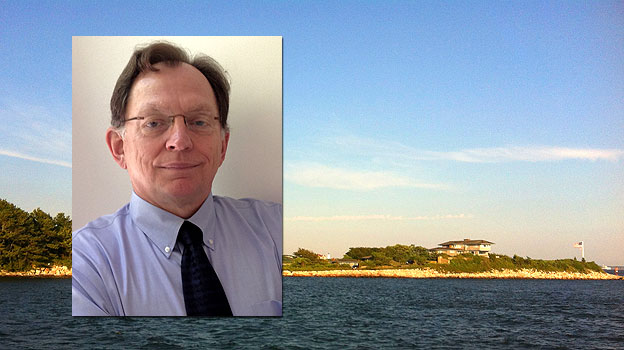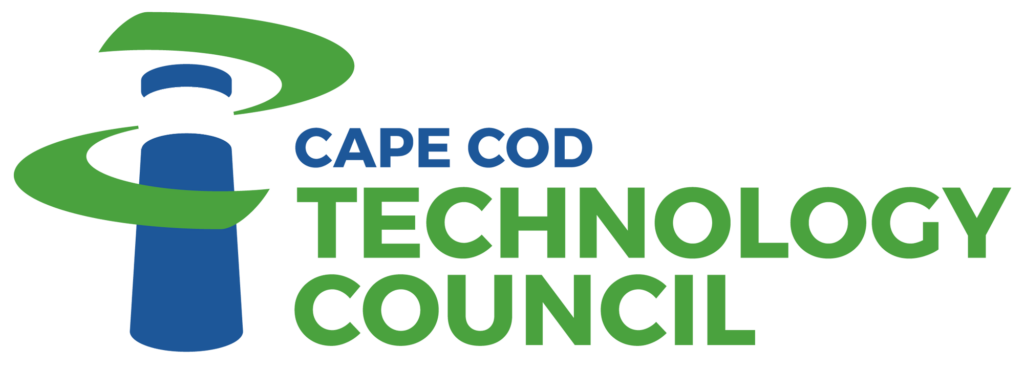
When technologies are developed during research, do they ever see the light of day? Bringing ocean technologies from the lab to the marketplace (and how you might be a part of it) was the topic of April’s First Friday Breakfast Speaker Series, with David Knaack of Woods Hole Oceanographic Institution (WHOI). Knaack is the Director for Technology Transfer, a new program that facilitates the global use of innovations arising from research at WHOI.
WHOI is the world’s largest private ocean research institute. Their mission is “to explore and understand the ocean and to educate scientists, students, decision-makers, and the public.” Their research covers all the disciplines. If there’s science you’d want to see done in the ocean, they’re doing it. At any given time there are at least 50 international agreements for collaborative research.
WHOI is also a leader in receiving federal research money, with over 1,000 individuals studying the sea. That federal research money comes at a price. According to the Bayh-Dole Act, they’re responsible for commercializing federally funded inventions – a sort of gift back to the taxpayers. If they don’t? The government has “march in” rights, and can assign someone to come in and find commercial applications for the research. They don’t want that.
In order to retain control of their process, WHOI needs to catch up with commercializing their innovations (and there are a lot of innovations). To do this they hired David, and a License and Contract Specialist, Patent Liaison, and Technical Marketing Specialist.
David said that while the government funds research and private investors fund product development, there is a proof of concept process in between that goes unfunded. Many institutions endow gap research – something WHOI has recently invested in using some of their royalty money in 2015.
The scientists at WHOI do not necessary have interest or expertise in commercializing products. At other institutions much of this work is done by students. WHOI doesn’t have an educational mission with resident students (yet), so instead they are drawing on the Cape’s number of serial entrepreneurs in the WHOI Technology Champions Program. Entrepreneurs are invited to register on their new website: techttransfer.whoi.edu.
Some of the innovations they’ve commercialized so far are: a telecentric lens submergible microscope for spotting things like red tide long before they become evident; and a strobe light for ROV vehicles. Current projects include smart Wind Turbine Control; a low footprint marine winch for use in commercial shipping, with the motor in the drum (patent pending); high power stretch cable that minimizes wave action fatigue for floating off shore wind power; and medical products including an antibiotic resistance blocker.
If that piques your interest, David says they only have money to file for 10 patents a year, but have 50 potential projects.
